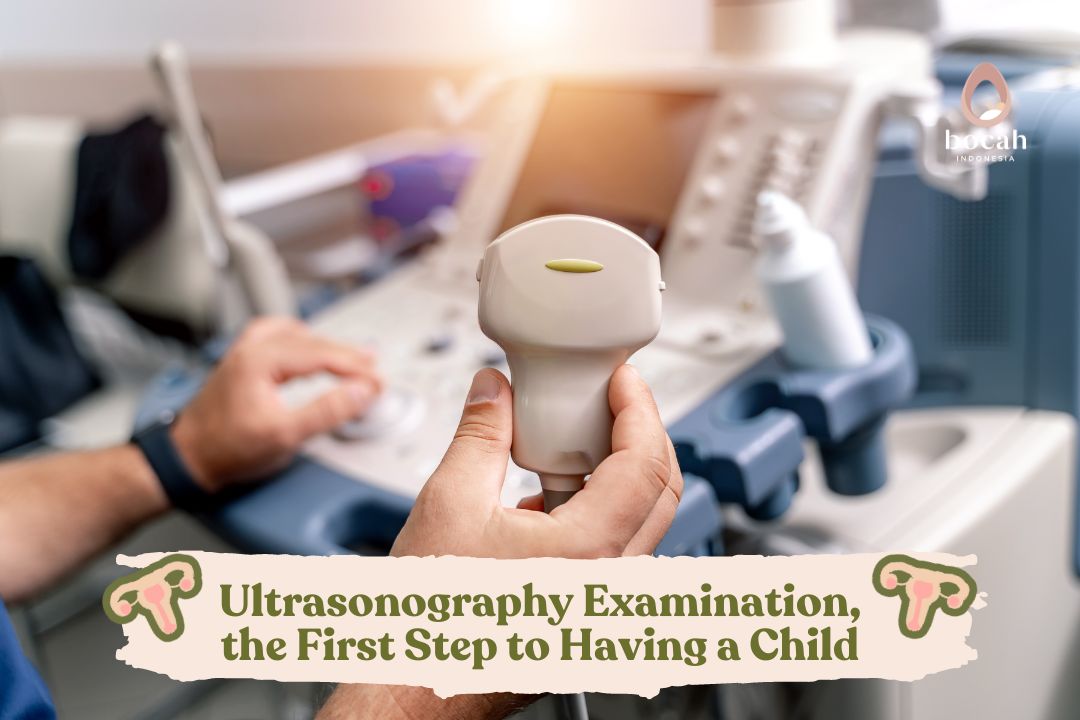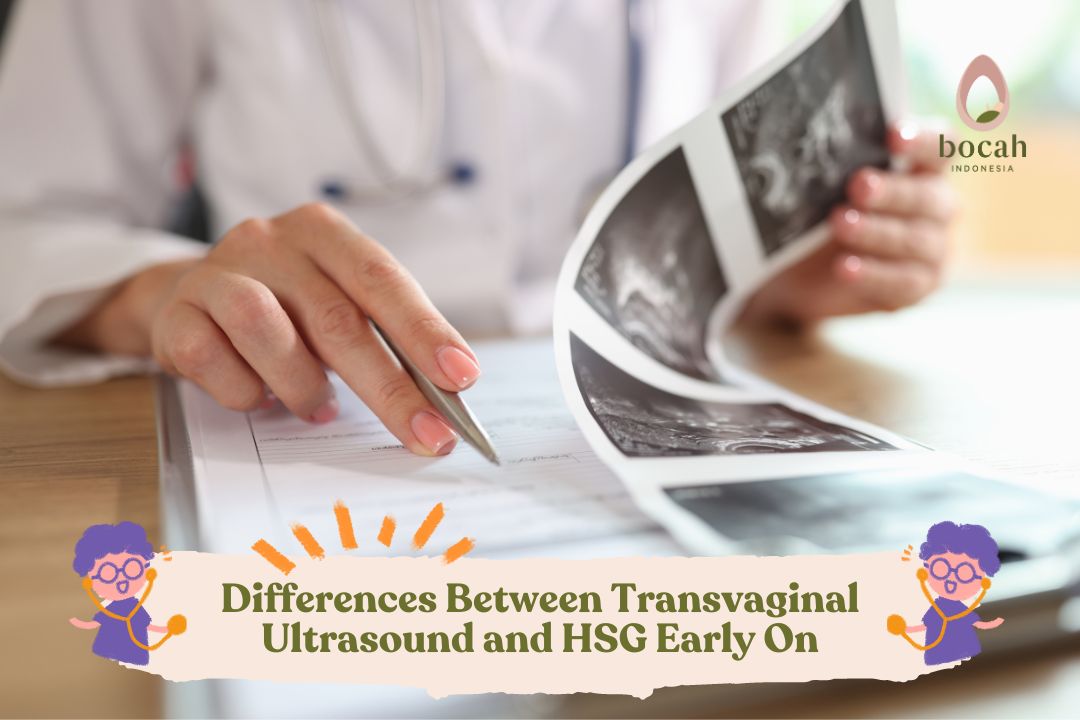Ultrasound Examination, the First Step to Having a Child

Ultrasound examination has many benefits for scanning the internal body parts. Read on for a complete explanation!
Ultrasound examination (USG) is a procedure performed to scan the internal body parts using high-frequency sound waves technology.
Ultrasound is performed for various purposes, such as examining the condition of the fetus, detecting diseases, and assisting doctors in surgical procedures or tissue sampling (biopsy).
Even USG can be used for diagnosing a condition within the body. So, what are the types of USG and when can USG examinations be performed?
Types of USG Examination
Moms, did you know that there are various types of USG, but the most commonly performed ones are abdominal USG and transvaginal USG? Both types of examinations can be used to examine specific health issues and monitor development.
Tanya Mincah tentang Promil?
-
Abdominal USG. This examination is performed by moving the scanning device or probe on the surface of your skin.
-
Transvaginal USG. This examination is performed by inserting the scanning device or probe through the vagina to examine the conditions inside the uterus, cervix, and ovaries.
-
Transrectal USG. This examination is performed without surgery, only by inserting a transducer through the anus or rectum to diagnose diseases in the pelvic area.
These USG examinations aim to visualize the condition of internal organs. However, the most common examination in the field of reproductive health is transvaginal USG.
Purposes of Transvaginal USG Examination
As mentioned above, there are two types of USG examinations, namely abdominal USG and transvaginal USG. Transvaginal USG serves several examination purposes, such as:
-
Evaluating the causes of abdominal pain, menstrual disorders, and abnormal bleeding.
-
Detecting abnormalities in the uterus and ovaries, such as infections, cysts, fibroids, and polyps.
-
In cases of infertility, transvaginal USG is used to assess the causes and evaluate for treatment and intervention.
-
To confirm the position of an intrauterine device (IUD) or commonly known as a birth control spiral.
-
Can be used as an aid for certain medical procedures.
When is USG Examination Performed
For mothers planning to undergo a pregnancy program, transvaginal USG is one of the necessary examinations. Transvaginal USG can be performed on the second to fifth day of menstruation to obtain optimal results.
Transvaginal USG on the second to fifth day of menstruation is performed to observe the number and size of eggs, assess the thickness of the uterine wall, and identify any abnormalities such as cysts or polyps.
Procedure for Transvaginal USG
Before undergoing a transvaginal USG examination, mothers need to know the steps involved in this procedure.
-
Mothers will be asked to remove their lower clothing.
-
Later, mothers will be asked to lie on the examination chair.
-
Unlike the transducer for abdominal USG, the transducer for transvaginal USG has a long, straight shape with a small diameter. This transducer is covered with latex or a condom.
-
The tip of the transducer will be inserted into the vaginal cavity. This process may be slightly uncomfortable for mothers. Don’t worry, the USG only takes 5 minutes and is painless.
-
The doctor will maneuver the transducer over the organ being evaluated. The sound waves emitted by the transducer will scan the internal organs, which will be visible on the monitor screen.
-
In some specific cases, the doctor may use the saline infusion sonography (SIS) technique. This involves injecting a sterile salt solution into the uterus before the USG. The saline solution is administered to stretch the uterus for a more detailed view of the internal organs.
-
Once the examination is considered sufficient, the transducer will be removed. The USG examination is then completed.
That’s it, moms! An explanation of USG examination to assess the condition of the reproductive organs. Don’t worry, the USG examination is not painful and is performed quickly. This examination is the first step for mothers planning a pregnancy program.
Let’s schedule a fertility check at the nearest fertility clinic!
Source:
- Nahlawi, S., Gari, N. NCBI Bookshelf (2022). Sonography Transvaginal Assessment, Protocols, and Interpretation.
- Campbell, S., Maharaj, A.G. (2018). The role of transvaginal ultrasound in screening for ovarian cancer. Climacteric. 2018 Jun;21(3):221-226.
- Panzone, J., et al. (2022). Transrectal Ultrasound in Prostate Cancer: Current Utilization, Integration with mpMRI, HIFU and Other Emerging Applications. Cancer Manag Res. 2022 Mar 22:14:1209-1228.








